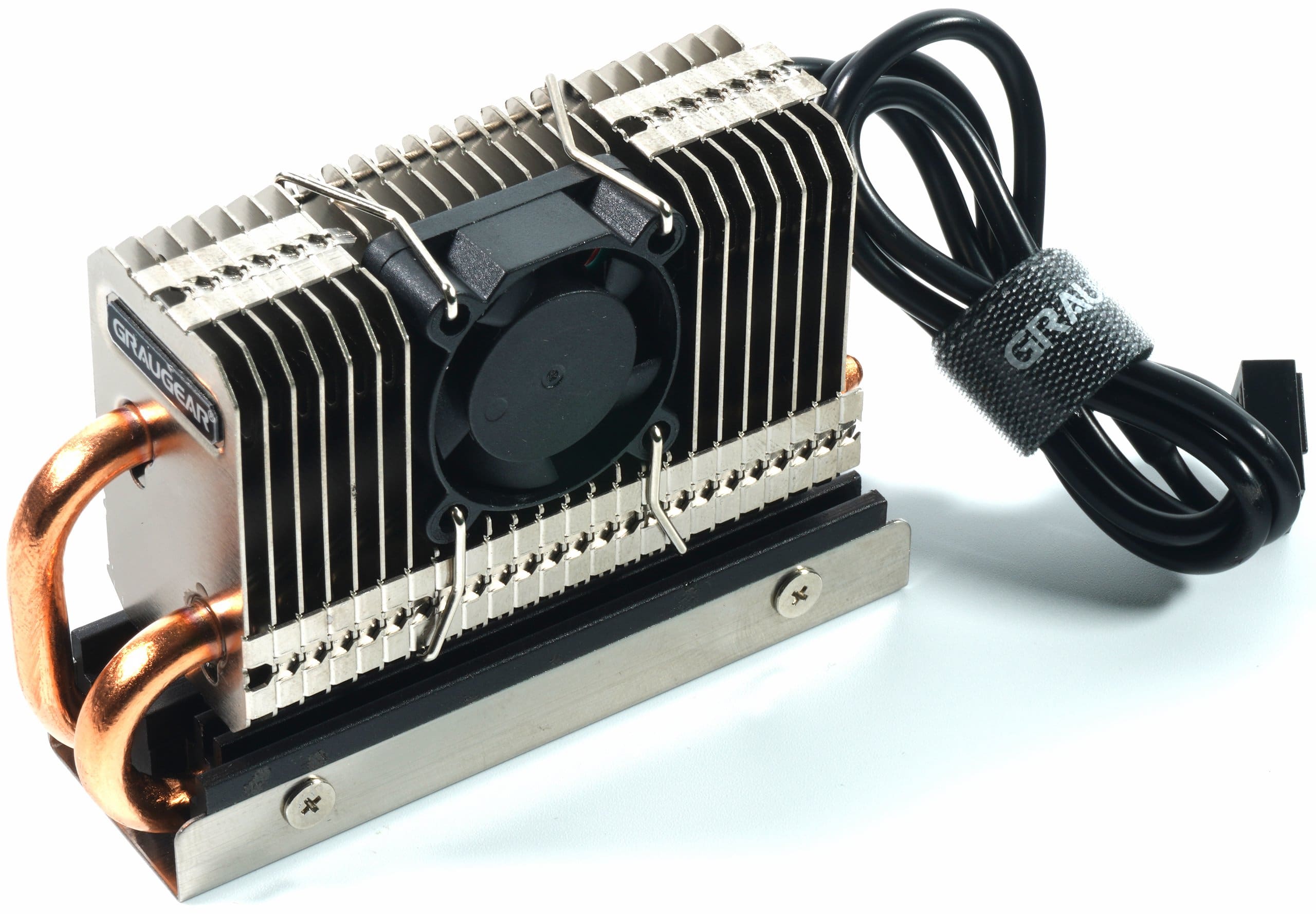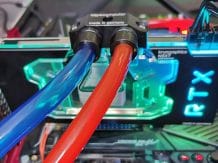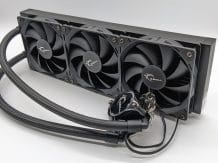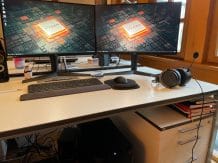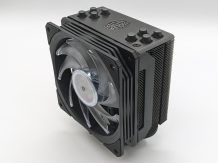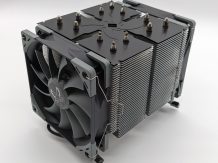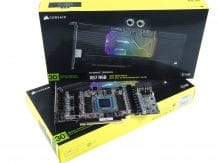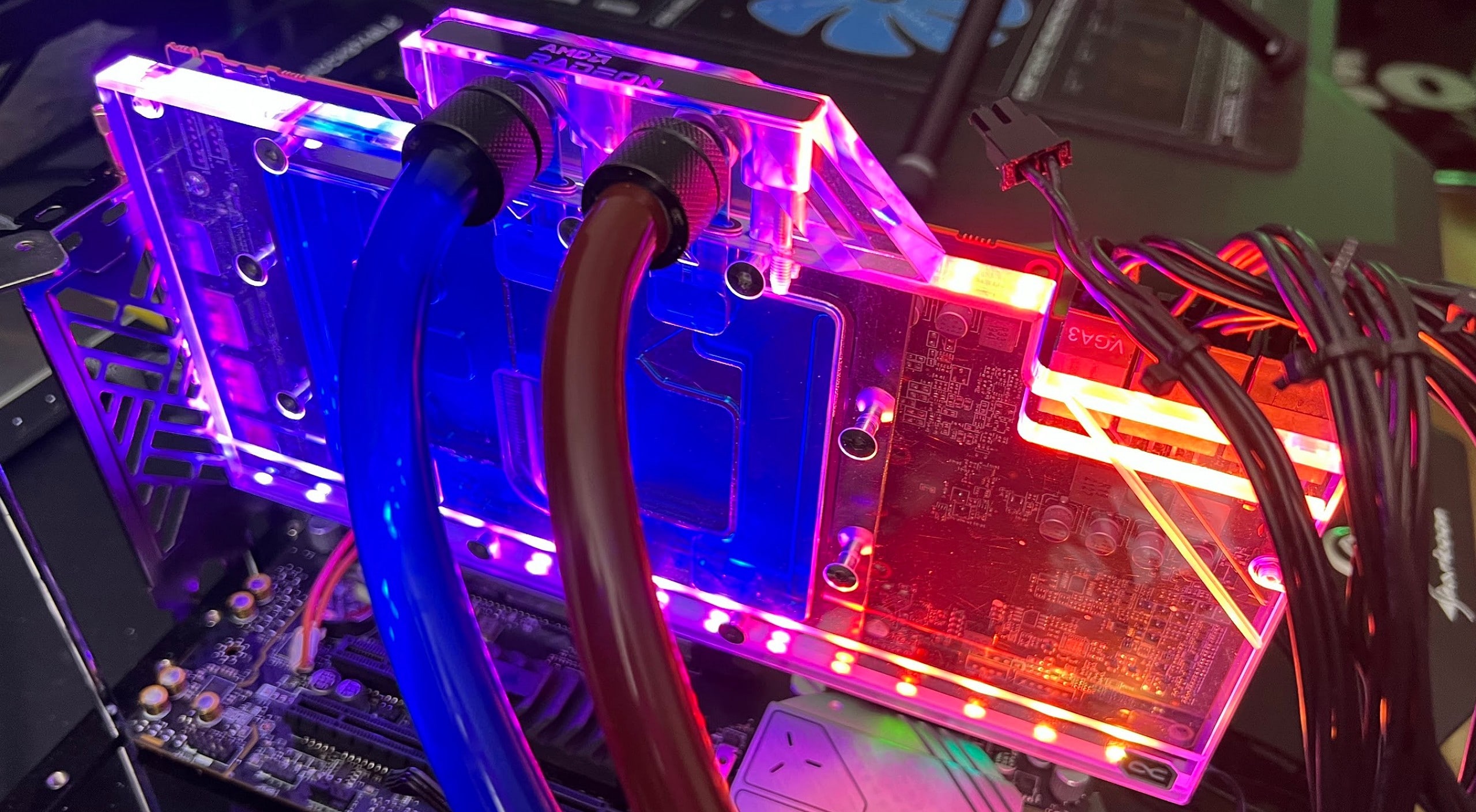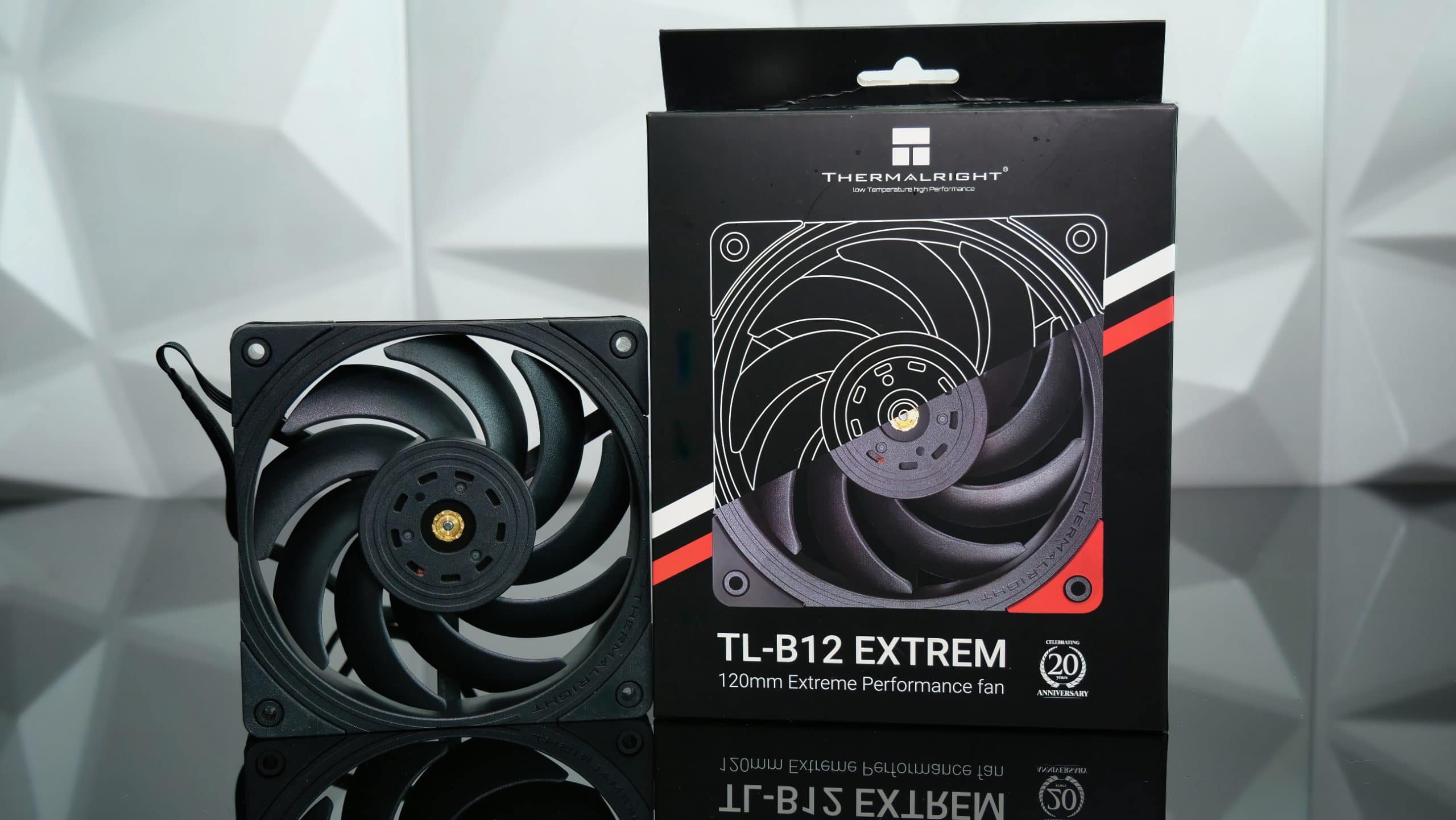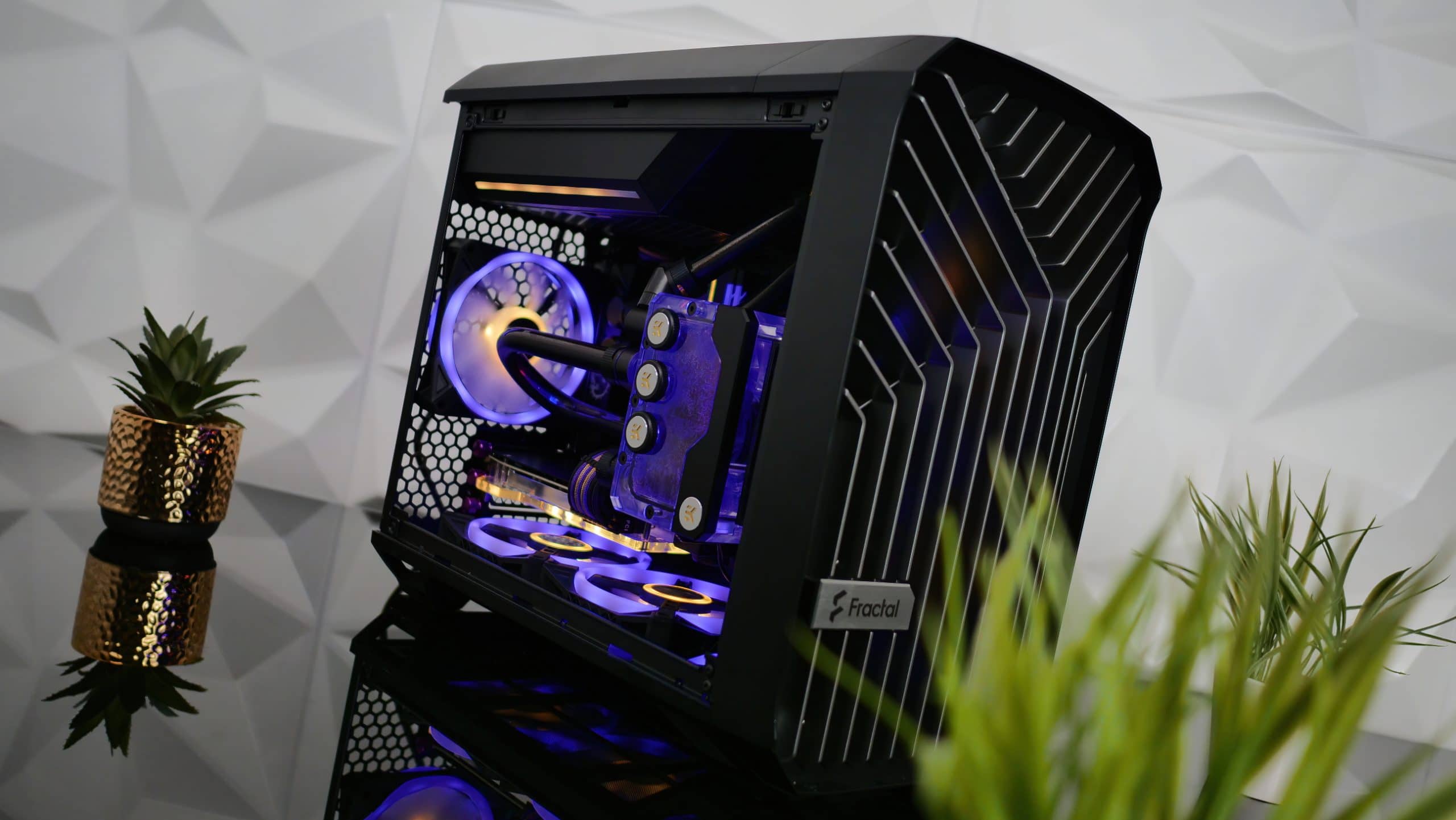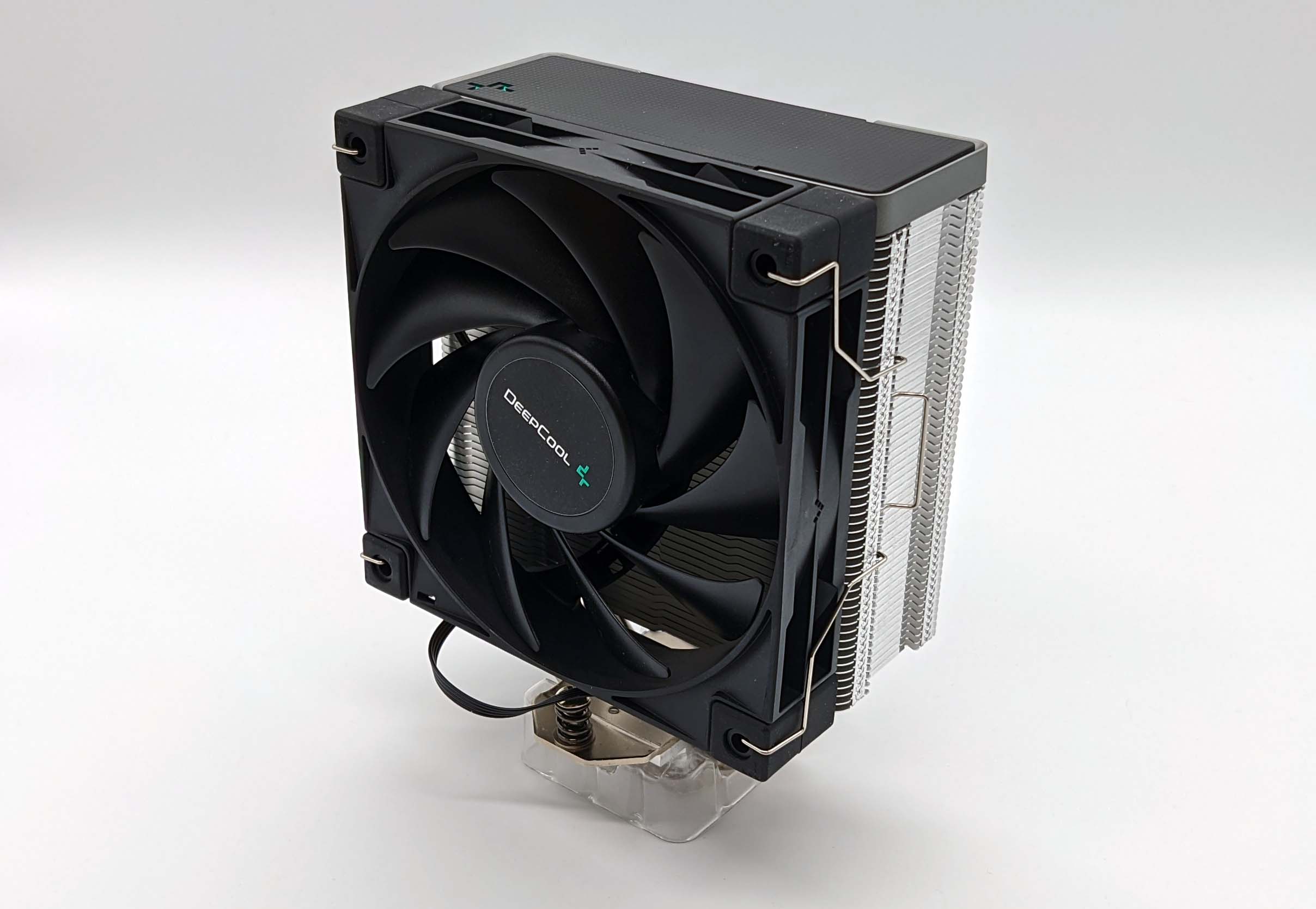Cooling hot M.2 NVMe SSDs properly: G-M2HP04-F and G-M2HS03-F from Graugear in the active and passive test
The fact that the fast NVMe SSDs with PCIe 4.0 and data rates of over 7000 MB/s are really hot parts not only refers to their speed, but also to the temperature development. Something like this can no longer be operated without a cooler, but passive coolers also fail if the air flow in the housing is not sufficient. But then good advice is expensive, but at least not exactly cheap at just under 30 euros. But if the expensive acquisition is throttling and slow, then you have gained nothing.
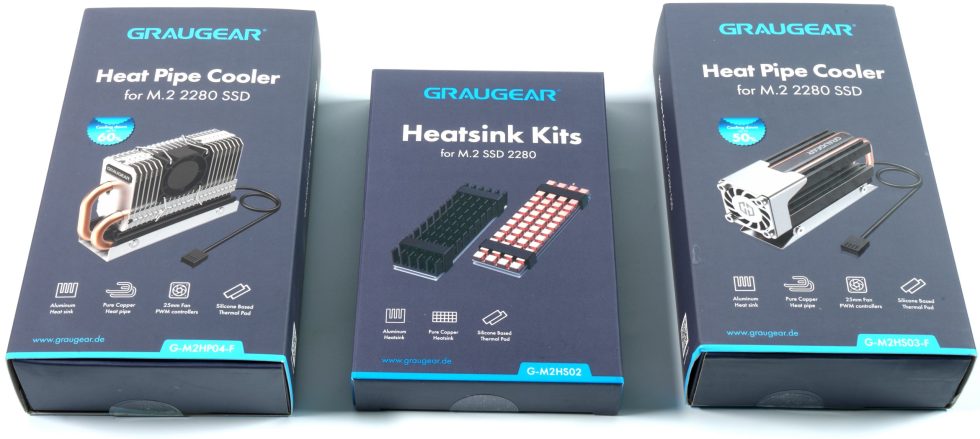
That’s exactly what happened to me when cloning to a T-Force A440 2TB, where the process of the fully filled SSD suddenly dragged on endlessly from about halfway. A temperature check showed that the throttling limit was at least 70 °C and the speed dropped rapidly. Simple heatsinks, such as the original cooler, are really overwhelmed with this waste heat, especially since the underside of the SSD also houses chips, which are then also the hottest. Here, cooling has to be carried out through the circuit board from above, which a simple heatsink solution cannot do.
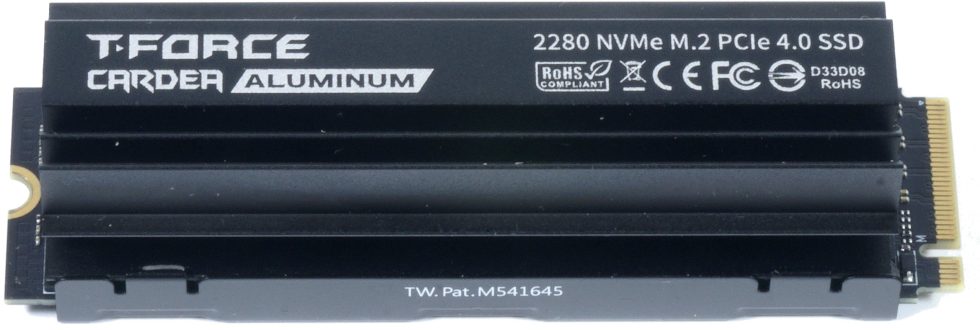
At this point at the latest, real, much more massive coolers with more cooling surface come into play, which can deal with the waste heat much better. And if you want it to be very elegant and cool, you can use an active cooler. In the intro image we also see passive heatsinks from Graugear, but they have the same problem as the original cooler of the T-Force, the cooling surface is simply not enough. But what I will also test is the forced passive operation of the two very large active coolers tested today by simply removing the respective fan.

If someone is afraid of the two 25 mm fans, which I let rotate at approx. 5600 rpm (PWM), I can calm them down. They are not (G-M2HS03-F) or almost not (G-M2HP04-F) audible. Depending on the model. But there is still a test for that. Is such a cooler a luxury now because it costs almost 30 euros? In principle, yes, only those who buy such an expensive SSD should better plan for the usual follow-up costs. Because if you put all the fun in relation to the purchase price of such an SSD, life is fine again. Well, almost at least.
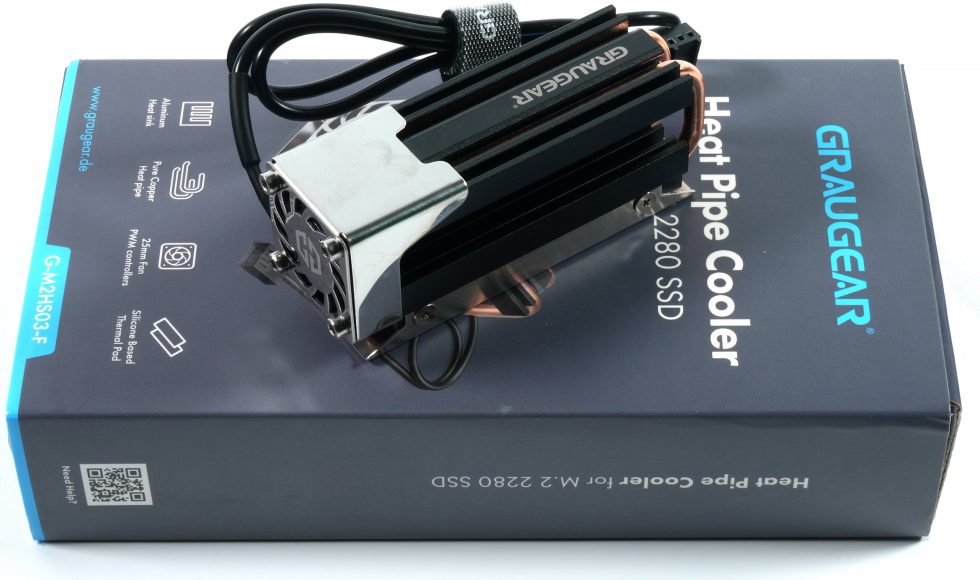
Well, the two coolers need space and you will have to look closely at what fits, so as not to collide with the graphics card, for example. But we’ll see about that in a moment. I came across the manufacturer by accident and almost bought something from ICY Box. But I’m automatically curious when I hear new names. And if there are two installation variants, that’s enough for a test. Since the SSD temperatures can only be read out very imprecisely and at rough time intervals, the good old temperature sensor is used as always. I push it under the SSD between the memory module and the pad. So word case.
Graugear Heatpipe cooler for M.2 2280 SSD, black (G-M2HS03-F)
 | Central warehouse: available, delivery 3-5 working days Wilhelmshaven branch: not in stockStand: 03.02.22 08:57 | 28,62 €*Stand: 03.02.22 08:52 |
 | In stock, delivery time 1 – 3 working days | 28,66 €*Stand: 03.02.22 08:53 |
 | Immediately available from the central warehouse | 28,99 €*Stand: 03.02.22 08:58 |

- 1 – Hot SSDs need thick coolers
- 2 – Upright and potent: The G-M2HP04-F in detail
- 3 – Lying cooling block: The G-M2HS03-F in detail
- 4 – Measurements of the coolers in active and passive mode including conclusion





